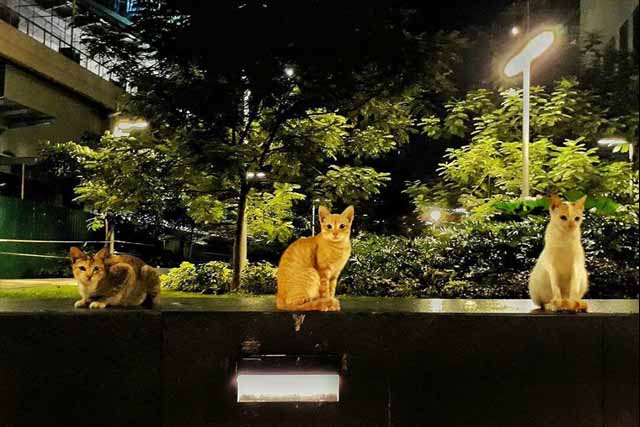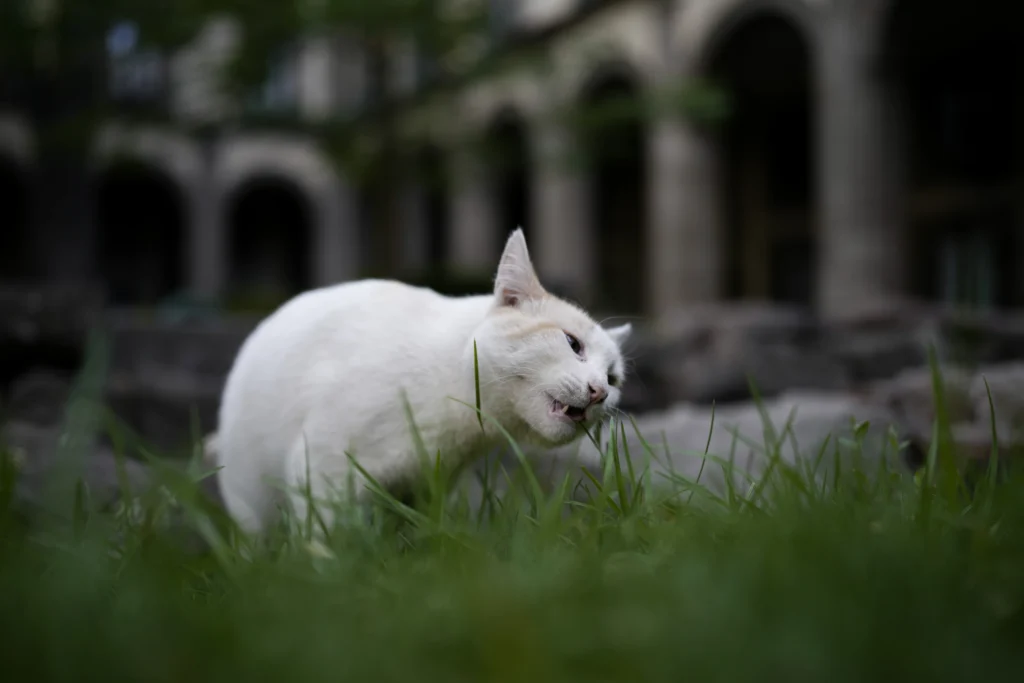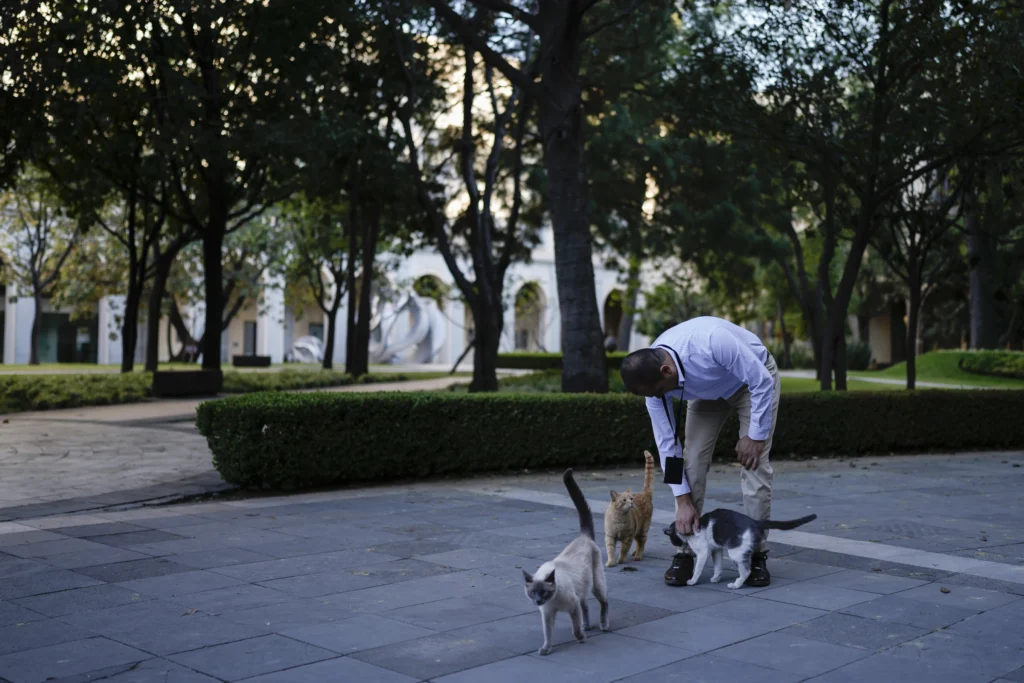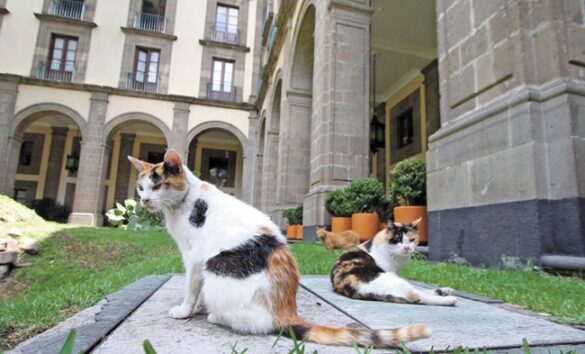Mexico’s National Palace is home to 19 feral felines that were recently declared ‘living fixed assets‘ by the government, ensuring them a lifetime of care.
If you have spent most of your life in Metro Manila, then you must know all too well how our streets are no stranger to stray dogs and cats.
According to the Philippine Animal Welfare Society (PAWS), there are about 12 million stray dogs and cats in the Philippines as of 2019. They are either former family pets or born in the streets due to lack of proper shelter.
A purr-ennial problem
Despite reminders from the government, animal welfare organizations, and even private citizens, we still have a long way to go when it comes to responsible pet ownership. Until then, the problem of having strays roaming (and reproducing on) our streets won’t go away. Not only are the poor animals more prone to abuse or ending up as roadkill when they don’t have a place to call home, sometimes they can also be a danger to humans.

Some local government units and private companies have taken extreme measures to control the population of stray animals in their cities. In 2018, for instance, there were reports of certain establishments in BGC in Taguig that ordered the forced removal of stray cats in the area, infuriating residents and animal lovers.
Meanwhile some government agencies and commercial establishments have put up for adoption the feral animals in their compounds, particularly cats. Last month, for example, the group Cats of CHR (Commission for Human Rights), have put up the cats residing in the compound for adoption.

Most of the time, having to relocate or put strays up for adoption stems from good intentions and valid reasons, but it would be nice if they can stay in places they have come to know as their home.
Maybe we can take our cue from Mexico.
Mexico’s palace cats
Nineteen cats call the grounds of Mexico’s National Palace home. They have been living in the country’s seat of power for so long that they already feel comfortable roaming around its hallowed halls and verdant gardens.
According to an article from the Associated Press, the “presidential” felines have access to every nook and cranny of the sprawling compound and have even made friends with the palace veterinarian, Jesús Arias.

Staff say feral cats have called the area surrounding the palace home from as far back as 50 years ago. They are uncertain, though, as to when they became bold enough to breach the fence and take up residence in the palace itself.
What’s clear is that 19 live in the building full time, with many more coming and going as they please through the small crack in the palace gate by night.
Making hiss-tory
Just this month, however, the cats found themselves in an elevated status. The feral felines made “hiss-tory” after the government of Mexican President Andrés Manuel López Obrador declared them to be “living fixed assets,” officially cementing their place in the palace. They have the honor of being the first animals in Mexico to be bestowed the title.
The term “fixed assets” usually applies to buildings and furniture, but by applying it to cats, López Obrador’s government mandated the country’s treasury to give them food and care for them for the rest of their lives, even after he steps down from office this October.



“The cats are now a symbol of the National Palace. Just as we understand this world, I wouldn’t understand the National Palace without the presence of these cats,” said Adriana Castillo Román, general director of the National Palace and Cultural Heritage Conservancy, as quoted in the same article. “We have to make sure the cats are taken care of.”
The President and his staff are so paw-ssionate about caring for the palace cats that they have given each of their furry friends a name. There’s Bowie, Bellof, Nube, Coco, Yema, Ollin, Balam, and more, who seem to have found a purr-fect home in the grounds. López Obrador has grown to love the cats so much that he doesn’t mind them often walking in front of him, sometimes even when there’s an event, as if they own the place (well, perhaps they do!).



When López Obrador first took office in 2018, the palace pets were being fed by employees. But by being designated as fixed assets, the cats are assured of a lifetime of care, regardless of who holds office.
Aside from a steady supply of food and regular vaccinations, the cats have also been sterilized and microchipped. They have been provided “little cat homes” and feeding stations as well.
Maybe our own government can take inspiration from how Mexico’s President showed how stray animals should be treated. And by example, could create ripples of change that could help better protect our furry friends.
After all, how a society treats its most vulnerable—animals included—is a measure of its humanity.




